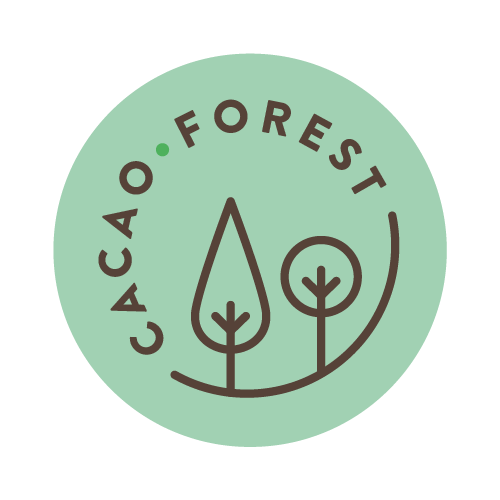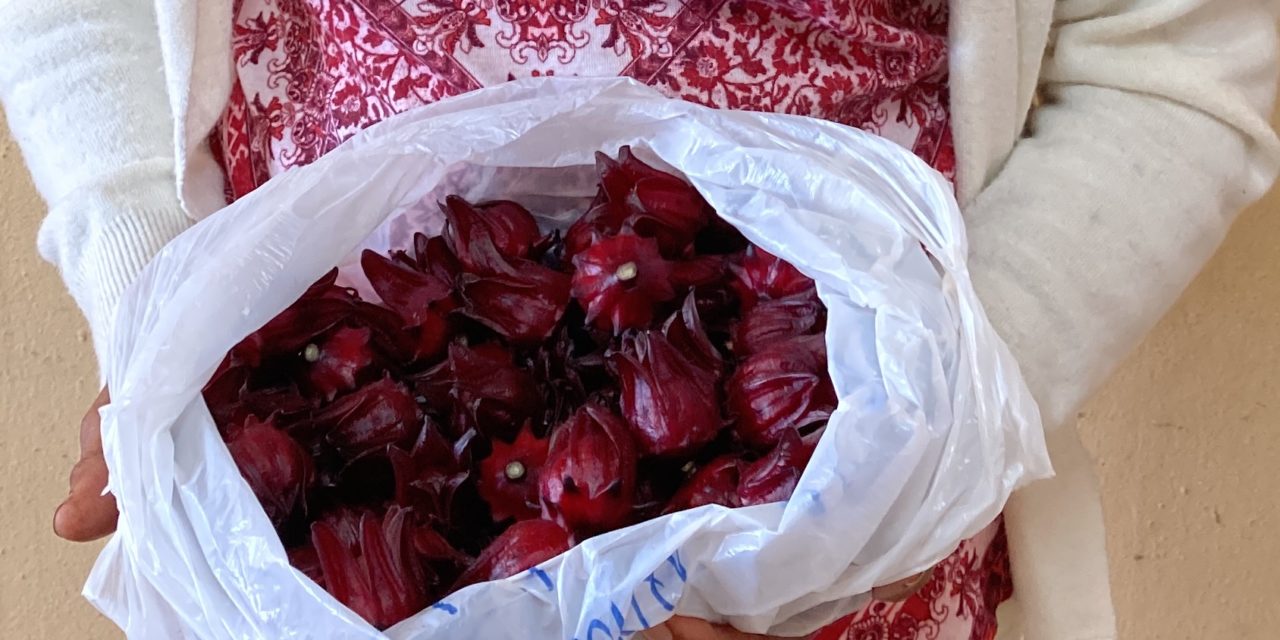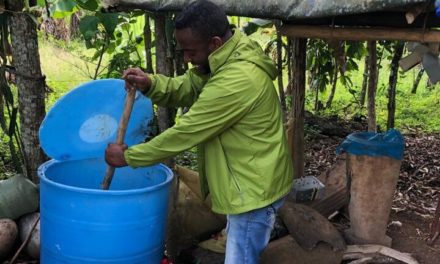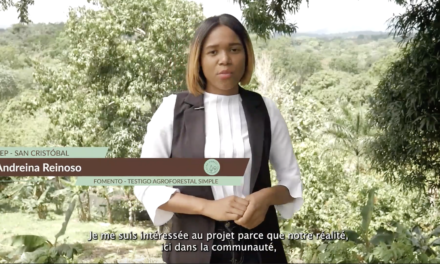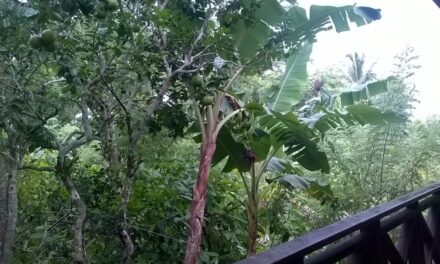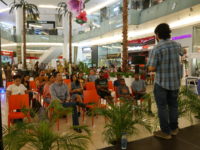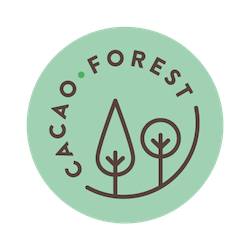Following our turmeric, ginger and achiote workshops, the Cacao Forest team, which is responsible for the marketing, diversification and commercial exploitation of agricultural produce, organised a workshop on the commercial exploitation of the hibiscus flower with our partner cooperatives Cooproagro and Conacado.
This plant, which grows best in full sunlight, is not cultivated on Dominican cacao plantations. The EF team involved in the project gave some of the producers in Cacao Forest’s Participatory Experimental Network (REP) the opportunity to introduce hibiscus on their farms, near their homes to facilitate crop care and harvesting, to increase their income.
This resulted in the launch of a hibiscus cultivation trial on 23 farms, four of which belong to the REP. This initial trial involved the use of hibiscus seed, and flowering plants were grown on 11 producers’ plots. A second planting scheme is now under way, this time involving nursery-grown hibiscus plants.
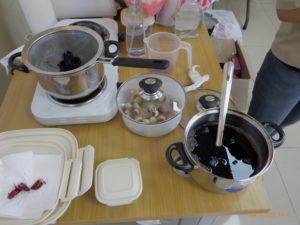
Participants at the Cooproagro workshop
There are several hundred species of hibiscus, which are usually grown for ornamental purposes but also cultivated for their fruit (particularly okra, which is produced by Abelmoschus esculentus in Africa) and their edible flowers, and also for their medicinal properties (Hibiscus syriacus). It is one of the edible species (Hibiscus sabdariffa) that has been introduced on the farms of Dominican producers who are Cacao Forest partners.
The workshop trained producers in the techniques used to dry hibiscus flowers and the different uses that can be made of them. As an infusion, the dried flowers can be used to make hibiscus drinks and as a cooking ingredient in a variety of recipes.
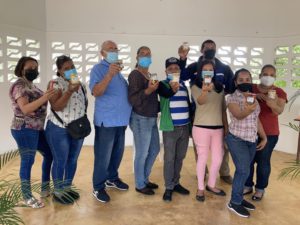
Hibiscus preparations at the Conacado workshop
Hibiscus is an increasingly well-known and popular ingredient which it likely to be easy to market, mainly abroad.
